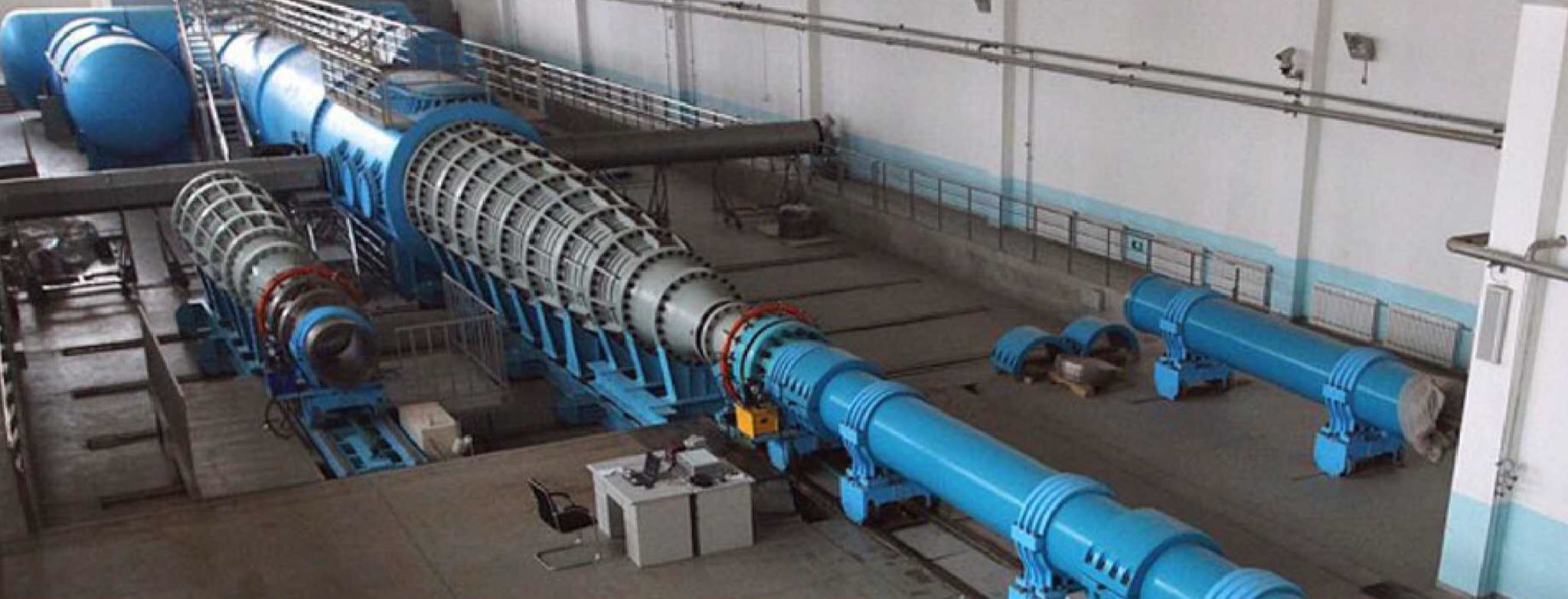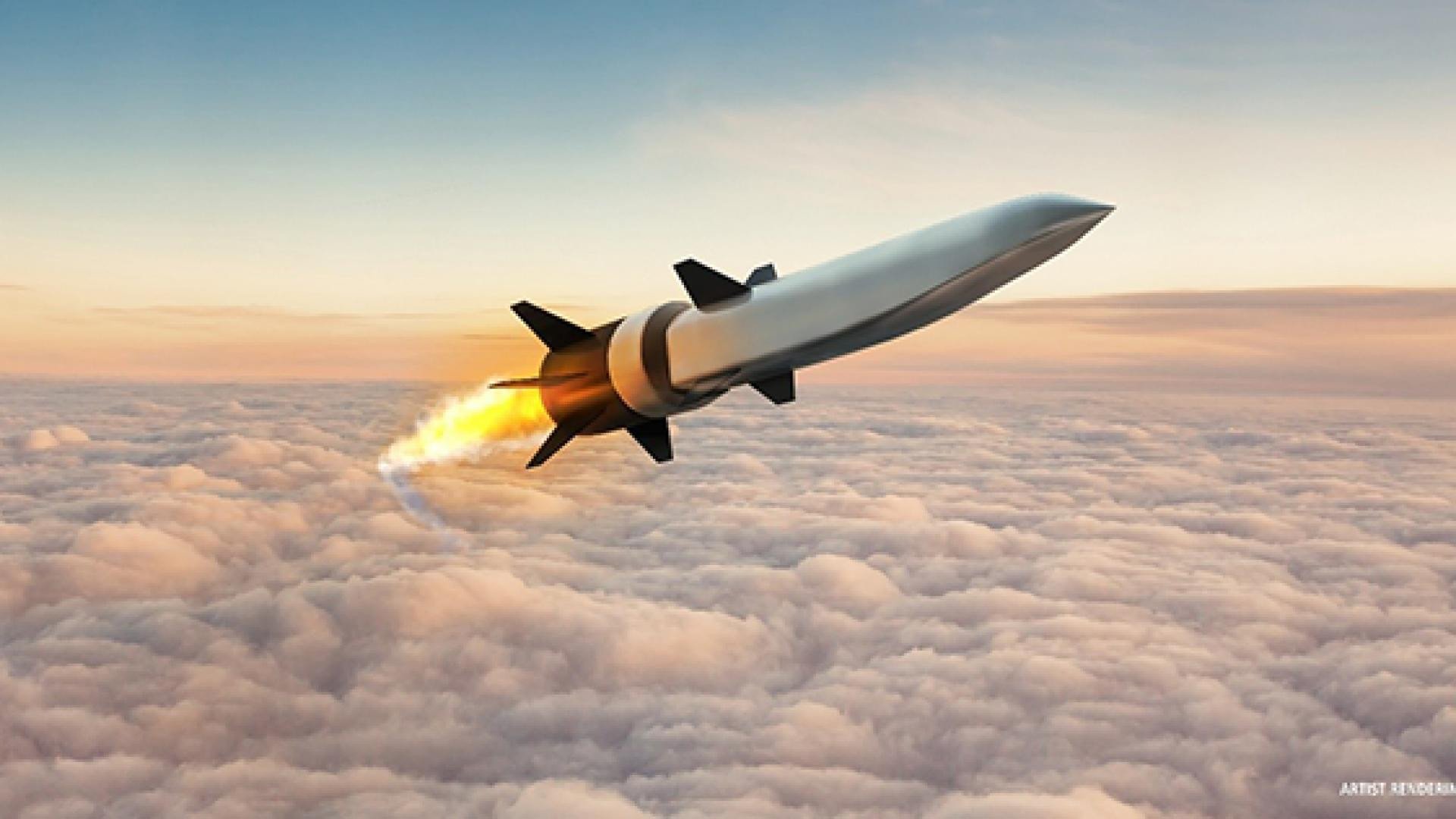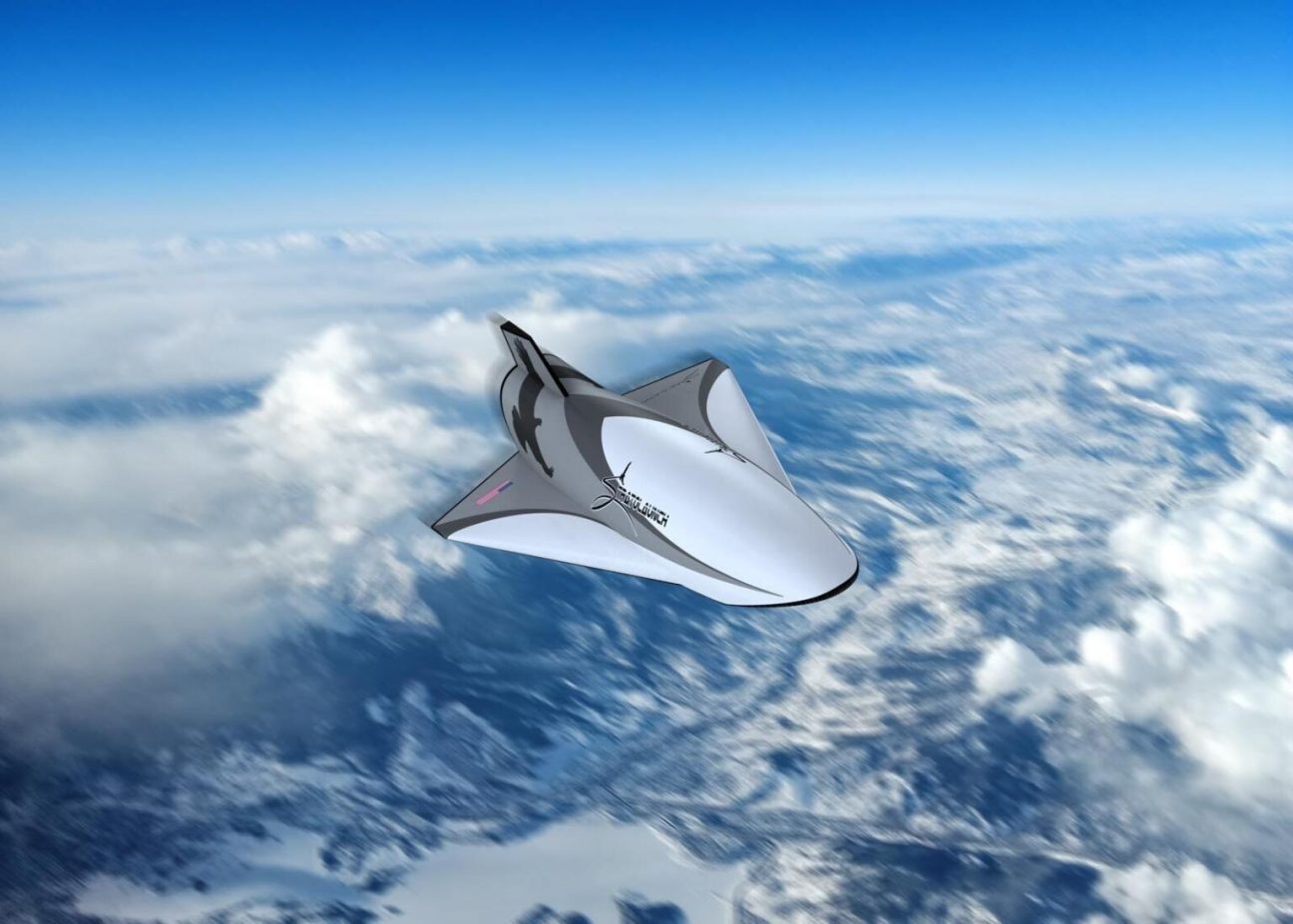China has made significant strides in the testing and development of hypersonic technology. After it fired a hypersonic missile that circled the globe and stunned the United States, it was later revealed that the glide vehicle fired a submunition into the South China Sea.
With this, China claimed to have outpaced its arch-rival, the US. If that were not enough, the communist country has further scaled-up testing of hypersonic technology.
According to Chinese scientists, the world’s first wind tunnel capable of testing a full-scale hypersonic missile through the key stages of flight has been operational and has helped avert costly test failures like those observed in the United States.
I take most SCMP articles with a grain of salt, but this is too interesting not to discuss
The article claims that the Chinese have been testing in a “secret” hypersonic wind tunnel facility that compares favorably to the NASA 8ft high-temperature tunnelhttps://t.co/rRCVmcwz2x pic.twitter.com/7WO2ZNhoX2
— Chris Combs (@DrChrisCombs) January 5, 2022
The researchers stated the facility’s name, location, and peak Mach rating were all kept secret, but it played a crucial role in China’s hypersonic weapons program by allowing ground tests to reveal critical engineering and technical difficulties before missiles were sent up for a test flight.
Not too long ago, China had announced the success of a ‘miracle engine’ which was projected as something that would help it quicken the pace of large-scale production of hypersonic weapons at a relatively low cost.
Additionally, the FL-64, China’s one-meter-class hypersonic aerodynamic wind tunnel had also passed key calibration tests in November last year, as previously reported by the EurAsian Times.

Additionally, China is building a very ambitious and advanced JF-22 hypervelocity wind tunnel that can simulate speeds of up to Mach 30 or 30 times the speed of sound. The facility, which is expected to be ready by this year, could help the country’s hypersonic aircraft and aerospace programs.
In contrast, the United States seems to be lagging behind with a spate of failed tests that have hindered it from possessing an operational hypersonic weapon. Unfortunately, the US AGM-183A Air-Launched Rapid Response Weapon’s third test flight, like the previous two, was a failure. In the recent test, the missile was unable to separate from the B-52H bomber’s wing.
Now, the failed American tests have given an opportunity to China to lambast the American hypersonic program while showing off its own.
How Is China’s New Wind Tunnel Different?
A hypersonic missile may travel thousands of kilometers in the sky at five times the speed of sound or faster, thanks to a tiny rocket booster that propels it to near-hypersonic speed, according to SCMP. The missile then dumps the booster, removes a cover from an air intake, and fires up an air-breathing engine known as a scramjet to accelerate.
Cui Jie of the Beijing Power Machinery Institute revealed in a research paper published last week that China’s new wind tunnel is not only large enough to house a full hypersonic missile, but it can also create environments to simulate the different stages of flight throughout the test.
The duration of time the Chinese facility has been operational is, however, shrouded in mystery.

Cui and his colleagues stressed the importance of a thorough simulation since issues could arise during the transition from one stage of flight to the next, particularly when the rocket booster separated and the scramjet engine fired up.
There are no other equivalent facilities, as far as the researchers know, anywhere else in the world, including the United States.
According to Cui and his colleagues, existing American hypersonic test facilities could only imitate a particular stage of flight due to technical limitations. The Chinese experts say, NASA’s 8-Foot High-Temperature Tunnel was equal in size to the Chinese facility but could not recreate the booster separation.
The Chinese scientists involved in the project claimed that replicating the entire sequence of hypersonic flight on the ground was difficult. The rocket booster is built inside the scramjet engine’s combustion chamber in a standard hypersonic missile. The rocket could shoot out of the missile and destroy the wind tunnel when it separates.

A lid covers the mouth of the air inlet on the front of the missile, which will also come off when the missile reaches a particular speed. A free-flying lid, on the other hand, could collide with the tunnel’s wall or possibly damage the rocket.
Cui’s team devised novel solutions to these issues, including a trap-like device to catch and absorb the kinetic energy of the discarded booster and a robotic arm to secure the lid of the engine air duct.
The huge wind tunnel would produce incredibly hot air – over 1,700 degrees Celsius (3,092 degrees Fahrenheit) – and accelerate it to extremely high speeds against a live rocket during a test.
Nobody initially knew if the new wind tunnel would be able to withstand the severe environment and deliver accurate simulation results. Despite the difficulties, the researchers claim that the wind tunnel has shown positive results.
America’s Hypersonic Capability
China has used its own success to mock the US’ hypersonic program. However, American scientists and experts have rubbished Chinese claims to develop a wind tunnel that would simulate 30 Mach speeds.
USAF B-52H Stratofortress assigned to 419th Flight Test Squadron staged captive-carry flight test of AGM-183A Air-launched Rapid Response Weapon Instrumented Measurement Vehicle 2 hypersonic prototype at Point Mugu Sea Range off Southern California coast. https://t.co/D4LVoTOyLf pic.twitter.com/DYjLTMXXNt
— Collin Koh (@CollinSLKoh) August 9, 2020
An American scientist Chris Combs, Assistant Professor in Aerodynamics at the University of Texas at San Antonio (UTSA) had earlier said that Only “upon extraterrestrial return (Moon, Mars, etc.)” can Mach 30 speeds be seen, implying that “until they start launching missiles from the Moon, this isn’t even really military.”
He also brought up the issue of detonation-driven shock tunnels, claiming that they “change the air chemistry to the point where the aero no longer represents flight.”
The Hypersonic Tunnel Facility (HTF) at NASA’s Neil A. Armstrong Test Facility in Sandusky, Ohio, is one of the few hypersonic wind tunnels in the United States. That tunnel, which was constructed to test nuclear thermal rocket nozzles, can now test hypersonic flight at speeds of up to Mach 7.
NASA’s 8-Foot High-Temperature Tunnel (HTT) is the largest hypersonic blow-down test facility in the United States, whereas CUBRC’s LENS-II facility can test vehicles up to 30 feet in length.
Earlier in 2019, it was announced that Texas A&M University will be constructing one of the world’s largest wind tunnels for the US Army Futures Command as part of a stepped-up US attempt to create hypersonic weapons.
According to Srikanth Kondapalli, a professor in Chinese Studies, Centre for East Asian Studies, Jawaharlal Nehru University, New Delhi, “As far as the hypersonic wind tunneling or glide vehicle technology is concerned, China does have an edge but it does not necessarily mean anything on the ground. The Chinese have been developing the two main components of hypersonic tech — Glide Vehicles and Wind Tunnels for the last 20 years.
“The United States, on the other hand, has been more invested in nuclear issues and strategic weapons. America has traditionally been more focused on the Nuclear Ballistic Missile capability while it was locked in a tussle with the erstwhile USSR. China was not under any radar, neither was any competition with it a priority. It has been only a few years since the United States decided to decouple itself from China and the rivalry followed.

“The United States too has hypersonic technology which it likes to most certainly keep classified. A hefty amount was allocated towards augmenting hypersonic capabilities not too long ago. Of course, the urgency towards that end has increased after China carried out a test last year. It was unprecedented and nobody saw it coming. Now, the United States is on its way to match that capability.
“Additionally, China does not have an overall edge for the simple reason that it has been trying hard to escape the Intermediate-Range Nuclear Force Treaty that the United States wants to bring it under.
Interestingly, the Chinese and Americans have also collaborated on many launches as could be read on the China Academy of Launch Vehicle Technology. So the bottom line is that even though the Wind Tunneling had taken a somewhat backseat in America, it is now being worked on.
China, on its part, is trying hard to defy any nuclear treaties which is why it denied that its hypersonic test had a nuclear component. It does not have the edge that it claims that it does in the media.”
So, while the American tests for a hypersonic missile have been unsuccessful, they have not stopped working on the program. Additional allocations have been made and work is expected to be progressing as required. Given that, it is too early to say who is leading this hypersonic arms race.
- Contact the author at sakshi.tiwari9555@gmail.com
- Follow EurAsian Times on Google News




